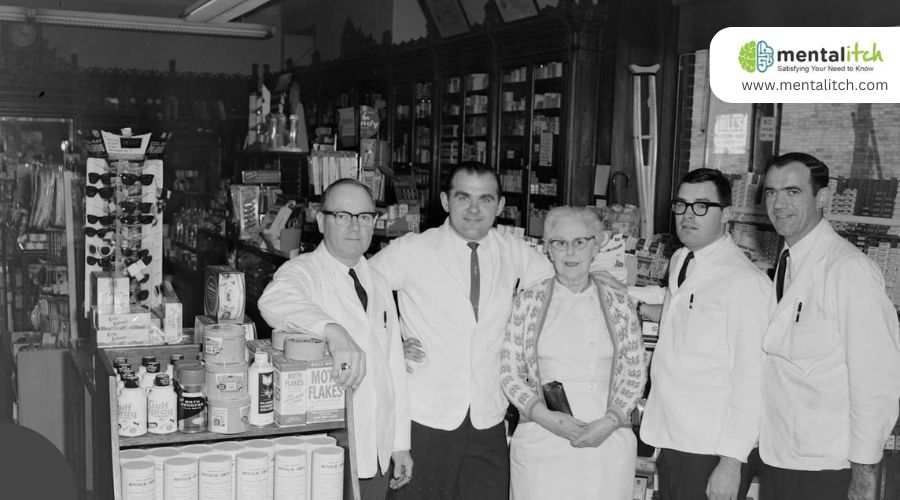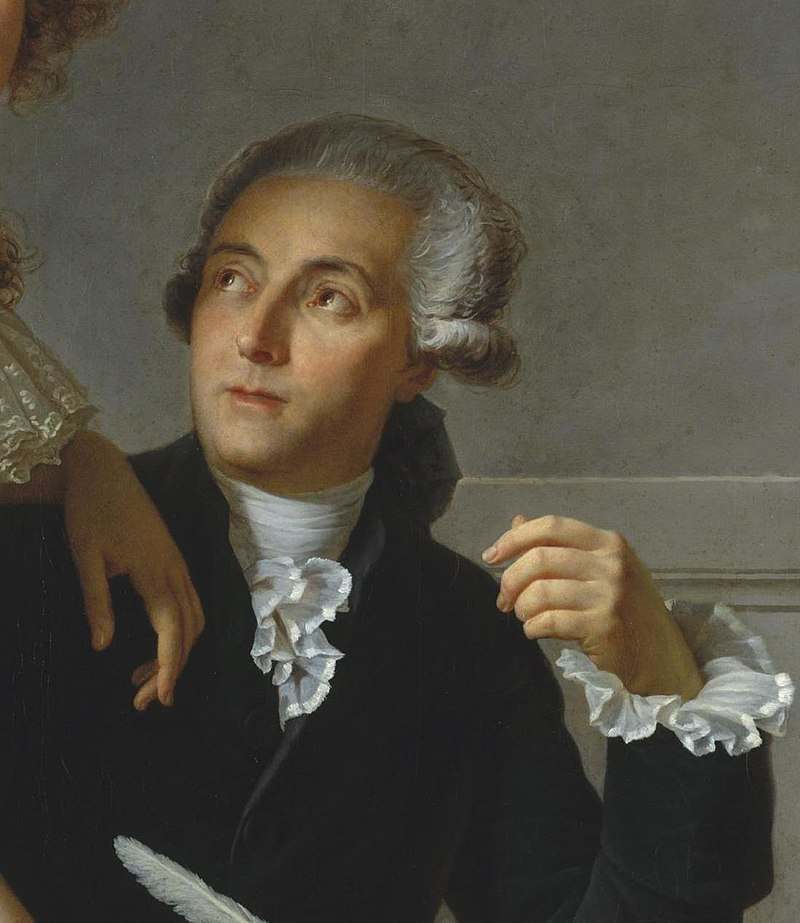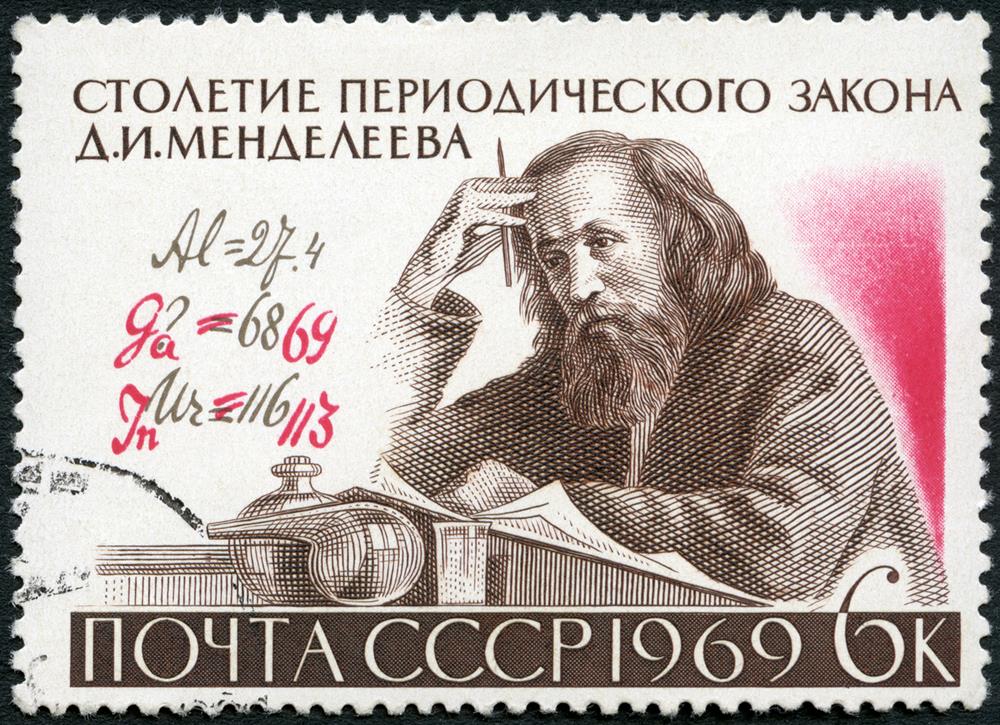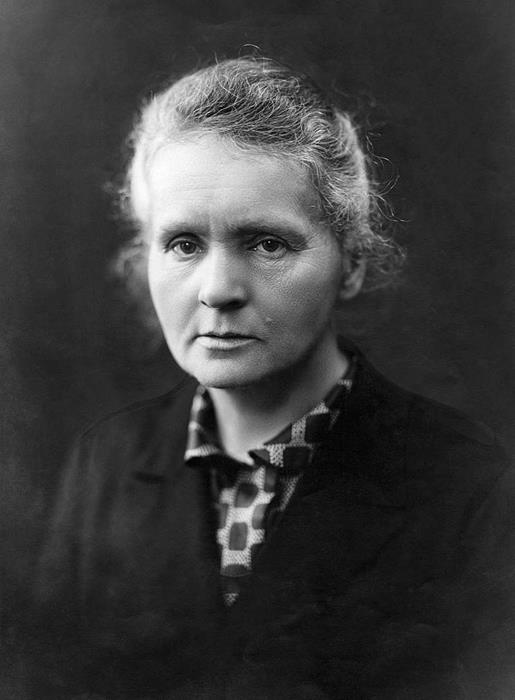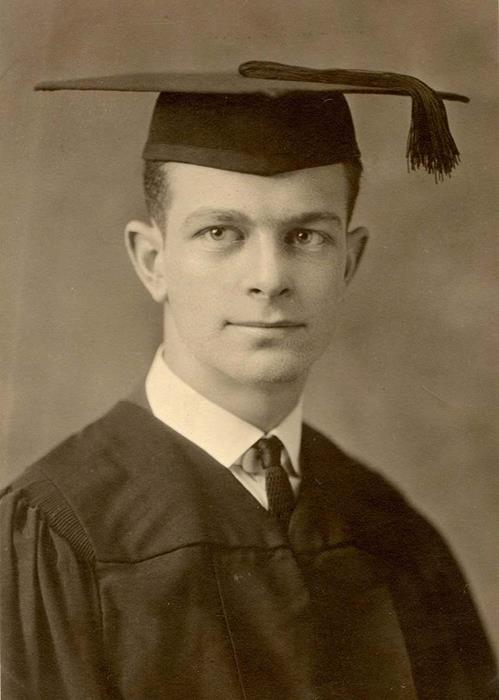Chemistry stands at the heart of understanding the world around us, from the air we breathe to the innovations that drive our future. It’s a field that bridges the gap between the mysteries of the universe and the tangible advancements we see in our daily lives. The stories of chemistry unfold through the minds and hands of those who have dared to question and seek answers, leading to breakthroughs that have profoundly shaped our existence.
Choosing the foremost chemists in history is no small task. It requires looking at those whose work has not just added a new chapter to the scientific textbooks but has also left an indelible mark on the fabric of modern chemistry. These individuals are selected based on the depth and breadth of their contributions, the legacy they’ve crafted within and beyond the lab walls, and their enduring impact on today’s scientific endeavors and technologies.
Let’s discuss some of these chemists…
Antoine Lavoisier (1743–1794)
Antoine Lavoisier is celebrated as a pivotal figure in the history of chemistry, often referred to as the “Father of Modern Chemistry” for his seminal contributions that reshaped the discipline from a qualitative to a quantitative science.
Lavoisier’s fame largely stems from his revolutionary work on the law of conservation of mass, which states that matter is neither created nor destroyed in chemical reactions. This principle challenged the prevalent phlogiston theory of the time, which posited that a fire-like element called phlogiston was released during combustion. Through careful measurement and analysis, Lavoisier demonstrated that combustion involves oxygen from the air combining with substances, not the release of a mysterious essence.
He introduced a systematic chemical naming system, which helped standardize the way compounds and elements were named and discussed among scientists. This made scientific communication more precise and facilitated further discoveries.
Dmitri Mendeleev (1834–1907)
Dmitri Mendeleev made an indelible mark on science with his development of the Periodic Table of Elements, a cornerstone of modern chemistry. His insight into the relationships between the elements was groundbreaking. Mendeleev arranged the 63 known elements (at his time) by their atomic weights, noticing that certain types of elements occurred regularly, or periodically. When he organized these elements in a table, the periodic law came into clear focus, predicting the existence and properties of elements that had not yet been discovered.
Mendeleev’s work went beyond the periodic table; he was also a visionary in chemical education and industrial development. However, it is the periodic table that remains his most celebrated legacy, shaping the way we organize and understand the elements. His table was a unifying principle in chemistry, bridging the gap between theory and practice.
Marie Curie (1867–1934)
Marie Curie stands as a towering figure in the annals of science, renowned for her groundbreaking work in radioactivity—a term she herself coined. Her research was pioneering, not just for its scientific merit but also because she was the first woman to win a Nobel Prize, and remains the only person to have won Nobel Prizes in two different scientific disciplines: Physics (1903, shared with her husband Pierre Curie and Henri Becquerel) for their work on radioactivity, and Chemistry (1911) for her discoveries of the elements polonium and radium.
Her discovery of radium and polonium was revolutionary, offering the first insight into the potential of radioactive materials. This work not only opened new avenues in physics and chemistry but also laid the foundational principles for atomic physics. Curie’s methods for isolating radioactive isotopes were so innovative that they led to the development of new branches of medicine, particularly in cancer treatment through radiation therapy.
Linus Pauling (1901–1994)
Linus Pauling was a titan in the world of chemistry and beyond, whose contributions spanned across multiple disciplines including chemistry, biochemistry, and peace activism. He is notably remembered for his profound work on the nature of the chemical bond, a foundational concept in chemistry that earned him the Nobel Prize in Chemistry in 1954. Pauling’s research in this area not only provided a deeper understanding of how atoms combine to form molecules but also introduced the concept of orbital hybridization, which explained the structure of complex substances ranging from simple inorganic molecules to large biological macromolecules.
Beyond his scientific endeavors, Pauling is remembered for his vigorous campaign against nuclear weapons testing, which was recognized with the Nobel Peace Prize in 1962, making him one of the few individuals to receive Nobel Prizes in two distinct fields. His activism played a significant role in the Partial Test Ban Treaty of 1963.
Robert H. Grubbs (1942–2021)
Robert H. Grubbs was best known for his pioneering work in the development of the metathesis method in organic synthesis. This groundbreaking research earned him the Nobel Prize in Chemistry in 2005, which he shared with Richard R. Schrock and Yves Chauvin. The metathesis reaction, involving the exchange of parts between two molecules to form new compounds, became a powerful tool in the hands of chemists, enabling the efficient and versatile synthesis of complex molecules with precision and ease.
His development of robust and user-friendly catalysts made the metathesis process more accessible and practical for a wide range of applications, including the production of polymers, pharmaceuticals, and petrochemicals. The impact of his work is seen in the synthesis of advanced materials and drugs, demonstrating the profound influence of chemistry on improving human life and understanding the natural world.
Ahmed Zewail (1946–2016)
Ahmed Zewail was a pioneering scientist whose groundbreaking work earned him the Nobel Prize in Chemistry in 1999 for his development of femtochemistry. This innovative field involves studying chemical reactions on extremely short timescales—femtoseconds (one quadrillionth of a second). Zewail’s revolutionary techniques allowed scientists to observe the very moment atoms and molecules undergo chemical transformations, providing unprecedented insights into the dynamics of chemical reactions.
His work has applications across a broad spectrum of scientific fields, including chemistry, physics, and biology, influencing the development of new materials, pharmaceuticals, and our understanding of complex biological systems.
Gilbert N. Lewis (1875–1946)
Best known for his concept of covalent bonds and the electron pair theory, Lewis fundamentally changed our understanding of chemical bonding and molecular structure. His 1916 paper introducing the Lewis dot structures provided a simple yet powerful visual representation of valence electrons in atoms and their role in bonding, a concept that is still foundational in chemistry education today.
He also made significant contributions to thermodynamics and photochemistry, and he was the first to purify heavy water. His work on acids and bases led to the Lewis definition, broadening the concept beyond the limitations of protons and hydroxide ions to include electron pair donors and acceptors. Despite never winning a Nobel Prize, Lewis’s work is among the most cited and respected in the field of chemistry.
Conclusion
The collective achievements of these chemists underscore the transformative power of scientific inquiry. Their work transcends the confines of laboratories, influencing various aspects of daily life and the broader technological landscape. Through their discoveries, they have not only expanded our understanding of the natural world but also provided the tools and concepts necessary to tackle complex challenges across industries. Their work has not only advanced the discipline of chemistry but also contributed significantly to the broader field of science and technology.
The progress we enjoy today in health, technology, and environmental sustainability can be directly traced back to their foundational contributions, reminding us of the critical importance of science in shaping a better future.

